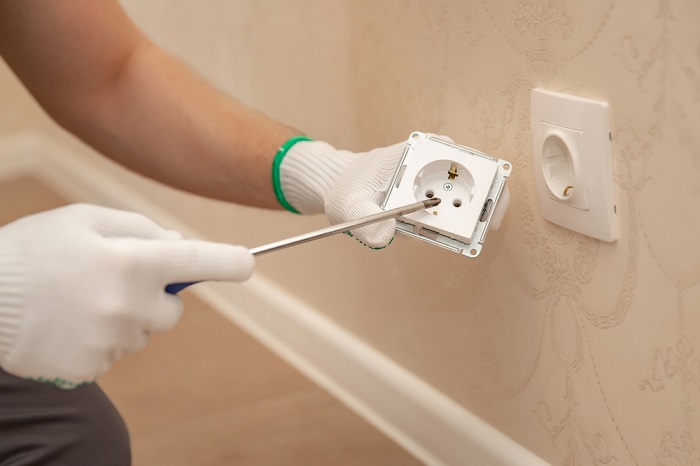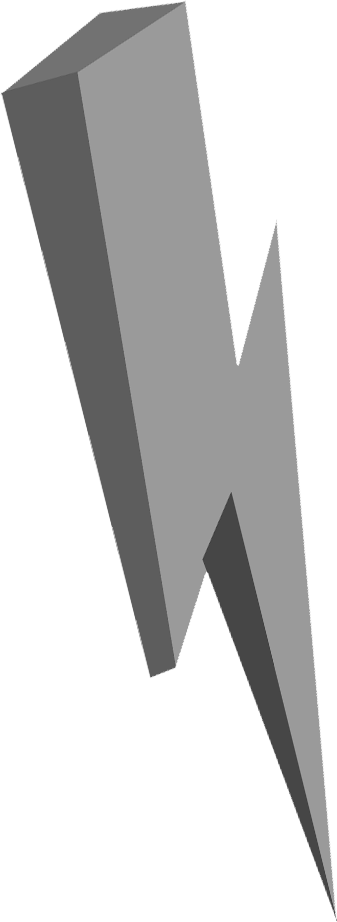It’s essential to know how your RV is powered before deciding to hook it up to your home’s electrical system.
RVs run on two different electrical systems: One is a 12-volt DC system, which can power things like your lights, heat, fridge, water pump, and more. A battery powers this voltage system. The other electrical system is a 120-volt AC, which is powered by a hookup or generator and used to supply power to the more energy-draining appliances in your RV, such as those in your kitchen.
Almost all RVs are wired with either 30- or 50-amp electrical systems and most homes are wired with 15- or 20-amp systems. This discrepancy presents a few issues for running power from your home to your recreational vehicle. However, these problems are not insurmountable, particularly when you enlist the help of licensed professionals like the experts at Poss Electric.

Just because RVs are wired with 30 or 50-amp systems doesn’t mean that your home will not be able to supply it with power. You will, however, need to either make a few adjustments or settle for fewer conveniences in your home. If you’re looking to power your RV with your home’s electrical system, these are your two available options:

The electrical system in your RV powers a whole bunch of different appliances. Some require very little power, while others gobble up a ton. It’s important to know which devices fall into the latter category so that you can be aware of the strain you’re putting on your electrical system by running them. The following are the most significant energy drainers in your RV:
You might expect your refrigerator or television, or even your laptop, to be a big power hog, but they’re pretty light on energy use. Regardless, it’s always a good idea to remain aware of how much power you’re draining with the appliances you’re using. And if you notice flickering lights or appliances shutting off on their own, that tells you you’re draining too much power from your home’s electrical system.